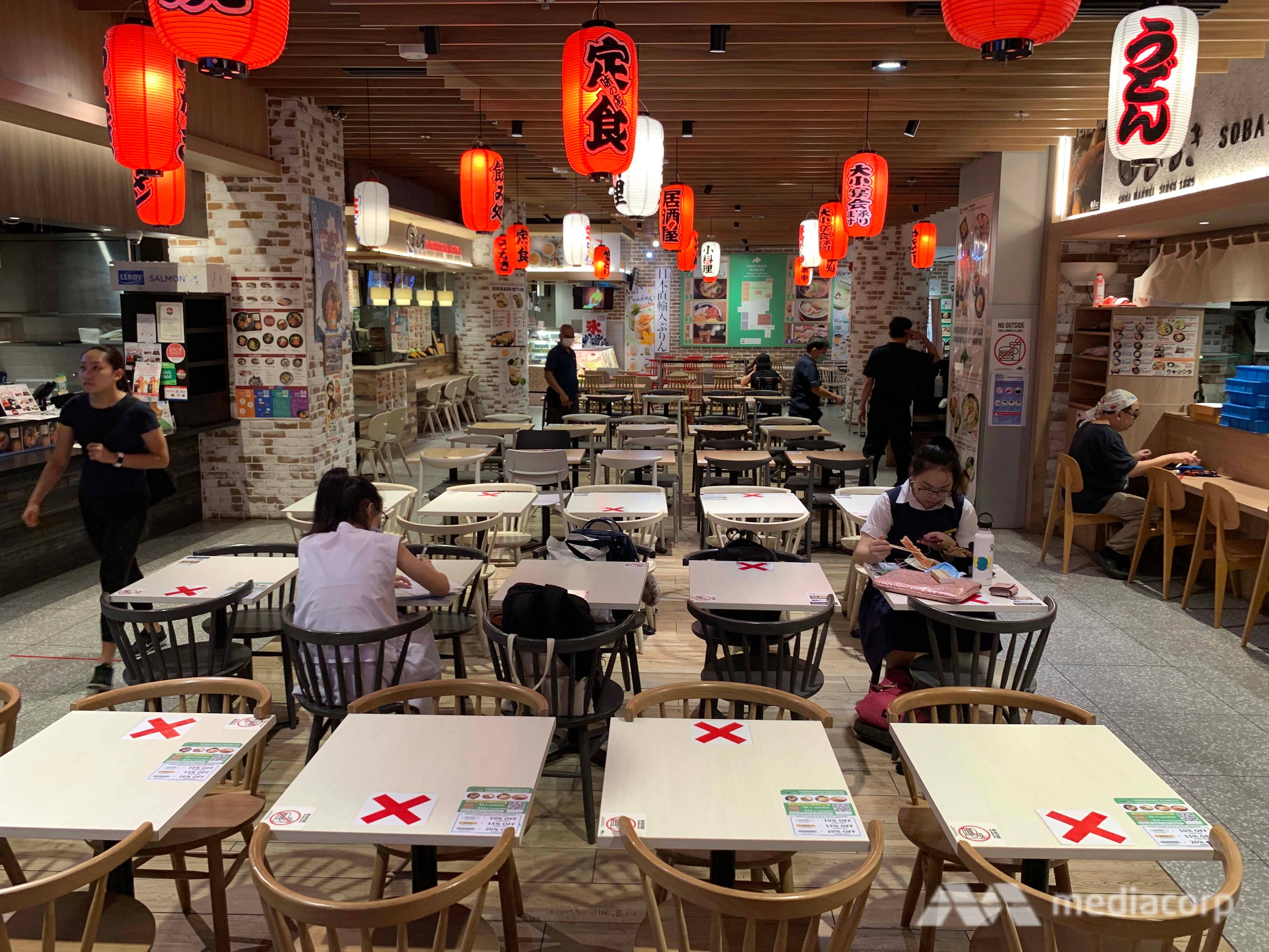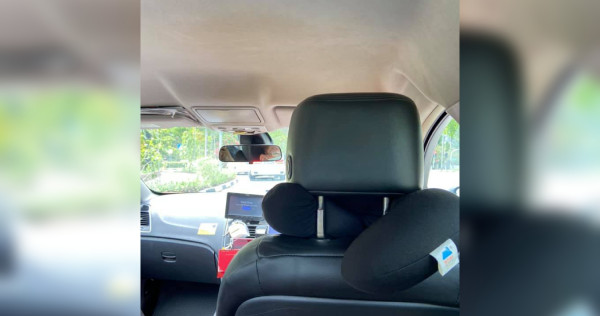SINGAPORE: Over 70 teams worldwide are now in a collaborative race to test different vaccine candidates against Severe Acute Respiratory Syndrome Coronavirus 2 (SARS-CoV-2) that causes COVID-19.
Although the pace of research efforts has been extraordinary, scientists still estimate that producing a vaccine, from innovation to access, will take at least 12 to 18 months. This timeline has the caveat “if all goes well”.
To the public, this seems like a long wait. But most vaccinologists who study and develop vaccines view this as very optimistic. It normally takes more than 10 years for a vaccine candidate to become an approved vaccine in a public immunisation programme.
Vaccine development is complex and financially risky. A vaccine candidate can fail at any point in development. Having a few candidates do well in clinical trials is considered a best-case scenario.
It is important to understand that all we have currently are experimental vaccine candidates not ready to be used soon. A vaccine candidate is not a confirmed human vaccine.
It must undergo ethical reviews, be evaluated in animal studies, for safety and efficacy in clinical trials involving human volunteers, before receiving regulatory approval and licensing for marketing and widespread use.
READ: Commentary: Smokers, you have a higher risk of COVID-19 infection
READ: Commentary: Pharmacists can do more on frontlines of COVID-19 fight
Vaccine manufacturing plants must be pre-inspected and approved for sterile manufacturing conditions, quality controls, and production ramped up to support potentially billions of vaccine doses.
Public health policies and financing decisions for national public programmes need to be in place. Follow-up studies must be set up to closely monitor the vaccine’s long-term safety and effectiveness with large-scale immunisation.
This is even more important for an accelerated vaccine using new technology against a new virus.
ACCELERATING IN PARALLEL
For the COVID-19 pandemic, scientists, regulators, government and industry leaders have been working closely to accelerate coordination of the different requirements to run at parallel speed with some vaccine candidates which have already entered clinical trials.
An Israeli scientist works at a laboratory at the MIGAL Research Institute in Kiryat Shmona in the upper Galilee in northern Israel where efforts are underway to produce a vaccine against the coronavirus. (JALAA MAREY/AFP)
INTERACTIVE: All the COVID-19 clusters at dorms and construction sites
In addition to the World Health Organisation’s guiding role, the Coalition for Epidemic Preparedness Innovations was established in 2017 by the Wellcome Trust, the Bill & Melinda Gates Foundation and several governments, and has invested in several projects to help speed up the development of COVID-19 vaccines
Timelines for animal and human trial studies are being compressed, but always carefully weighing potential risks.
For vaccine candidates developed using more well-known and evaluated technologies, some clinical studies in human volunteers have started earlier and overlapped with animal studies usually carried out before human studies. However, some areas cannot be shortened or accelerated, such as collecting ongoing safety data on side effects.
READ: Commentary: Five considerations for a clear-minded coronavirus response
READ: Commentary: How Wuhan mobilised to survive an over-70 day COVID-19 lockdown – and bounced back
Regulatory reviews are being sped up. Instead of requiring submission of all information from completed clinical trials, regulatory agencies are now open to receiving data on an ongoing rolling basis.
To save on time needed for analysis and discussion, “chapters” of clinical trial data can be submitted for review in real-time, rather than wait until the end to submit the usual complete “book” of data when all trials are finished.
Each vaccine has its own benefits and risks profile. Regulators must be updated and agile to manage risk tolerance and potential benefits of these urgently needed new technologies.
Manufacturing plans are also being accelerated in some countries. Plans in the US are already underway to scale up manufacturing to produce massive amounts of certain vaccine candidates.
Bill Gates has publicly supported developing manufacturing capacity for some vaccine candidates just starting clinical trials, fully aware not all candidates will cross the finish line.
Such early production, with quality checks done in advance, can shave off weeks to months for manufacturing billions of vaccine doses needed to reduce the ongoing human and economic toll.
READ: Commentary: COVID-19 collapse exceeds any recession in the last 150 years
FILE PHOTO: A man and a child wear protective masks, looking at empty shelves of canned food and instant noodles as people stock up on food supplies, after Singapore raised coronavirus outbreak alert level to orange. (REUTERS/Edgar Su)
Several questions are emerging surrounding financing and equitable distribution of any vaccines that get developed. What will it cost? Will the vaccine be considered a common good for all people? Will the technology be shared? Which countries and which populations groups are prioritised to gain access first?
This last question is a concern if countries with ongoing spread are unable to afford a vaccination programme. Strong leadership, global governance and a collective commitment to social justice will be needed.
HOW VACCINES WORK
All vaccines work using the same principles. A healthy person (the vaccinee) is given a piece of the germ or the germ itself in order to give a “heads up” to his or her immune system, so that it can later recognise and tackle the virus appropriately.
If the person gets exposed to the real virus later, his or her immune memory will activate earlier to kill the virus and block its spread. The vaccinee stays healthy, often unaware of being exposed to the threat.
READ: Commentary: Maybe it’s time to pay more for grocery and food deliveries
READ: Commentary: Lockdown and isolation sound simple – but keeping people at home is no easy answer
Choosing the best “picture” (antigens) of the SARS-CoV-2 virus to show to our immune systems, in order to stimulate the right immune memory and appropriate antibodies, is where the challenge really lies for scientists.
A good, safe and effective SARS-CoV-2 vaccine must accurately capture the important features of this virus in order to generate the best immune memory. Ideally, a vaccine would show the immune system the entire process of SARS-CoV-2 infection so that it can develop ways to attack the virus at different fronts.
But it is challenging to genetically weaken SARS-CoV-2 such that it would cause infection but not the disease itself.
Most vaccine researchers have thus turned to technologies that can present different pictures, or pieces, of SARS-CoV-2 to our immune systems.
Dozens of pharmaceuticals and research labs across the world are racing to develop a vaccine. (Photo: AFP/Thibault Savary)
Much research has been focused on the spike proteins forming the “crown” or “corona” of SARS-CoV-2. This appears crucial in how the virus attaches to and infects human cells.
We are beginning to learn that the spike protein is liberally “decorated” with sugars. Displaying the right sugars on vaccines appears important to show the immune system the correct “picture”.
Some vaccine candidates in the running present the genetic code (RNA or DNA) of the spike protein. Our cells then translate the genetic code to make the spike protein in the body.
Another method is to insert SARS CoV-2 genes into a safe, licensed viral vaccine to deliver the piece of SARS CoV-2 using a well-known, harmless virus.
We might not be able to develop a vaccine that provides the perfect picture of the virus to vaccinees. But even a partially effective, safe vaccine could be very valuable. The vaccine may not stop all cases or symptoms but could prevent severe respiratory distress and deaths.
READ: Commentary: How to stay sane in a time of COVID-19 information overload
READ: Commentary: Boris Johnson’s COVID-19 illness has made him more powerful
When many people become immune – either through vaccination or surviving the infection – the virus cannot infect enough susceptible people to propagate. This population “herd immunity” is needed to end an epidemic or prevent one from gaining traction.
THE NEED FOR DIVERSITY AND SOME LUCK
While there are many ways to make vaccine candidates, we do not yet know how to pick winners. Furthermore, scientists still have much to learn about how this new virus behaves.
There remains an element of luck when looking for a good vaccine against a new virus we are only getting to know. But our chances have improved with the unprecedented number of vaccine candidates being developed and with the scientific world so focussed on COVID-19.
The huge human, social and economic fallout from this pandemic means we should leave no stone unturned and invest heavily in a wide range of vaccine candidates to find good, safe and effective vaccines.
The head of a major Russian research centre said scientists at a top-secret lab complex located in Koltsovo outside the Siberian city of Novosibirsk has developed several prototype coronavirus vaccines. (photo: AFP/Alexander NEMENOV)
Many SARS-CoV-2 vaccine candidates are exploring using new technologies. To help shorten clinical trial duration and reduce the number of human volunteers, some research groups are studying the use of molecular technologies to complement clinical trials.
There is also hope that the similar explosion of studies for safe, effective medicines to treat COVID-19, including anti-viral medicines and potential antibody treatments, will yield positive results. These are likely to arrive much sooner than a vaccine.
The unfortunate surge of clinical experience in managing severe respiratory distress with COVID-19 could also lead to other best practices to improve patient outcomes where capacity is available.
MEANWHILE, CARRY ON
A COVID-19 vaccine will unfortunately not be available this year. If all goes well, a vaccine or even a few vaccines will be rolled out in 2021
For now, other public health measures are essential to save lives, including early case detection, contact tracing, isolation and quarantine.
We must practise frequent hand washing, physical distancing, staying at home, avoiding crowded places, and wearing face masks if we really need to go out.
COVID-19 is testing our collective scientific ingenuity, our individual responsibilities and social compact at a national and global level.
We must stay committed to our individual contributions and believe in our collaborative power in science to help develop and deliver long-term solutions.
BOOKMARK THIS: Our comprehensive coverage of the coronavirus outbreak and its developments
Download our app or subscribe to our Telegram channel for the latest updates on the coronavirus outbreak: https://cna.asia/telegram
Dr Tippi Mak is Academic Visiting Expert at the Centre of Regulatory Excellence, Duke-NUS Medical School, Consultant at the SingHealth Duke-NUS Global Health Institute, and Board Director of the Vaccine and Infectious Disease Organization – International Vaccine Centre at the University of Saskatchewan, Canada.
Professor Ooi Eng Eong is Deputy Director at the Emerging Infectious Diseases Programme, Duke-NUS Medical School and Co-Director at the Viral Research and Experimental Medicine Centre@SingHealth Duke-NUS.
Professor John CW Lim is Executive Director at the Centre of Regulatory Excellence, Duke-NUS Medical School, Policy Core Lead at the SingHealth Duke-NUS Global Health Institute, and Chairman of the Singapore Clinical Research Institute & National Health Innovation Centre.

















